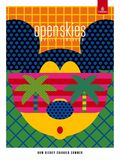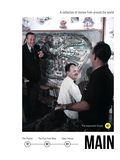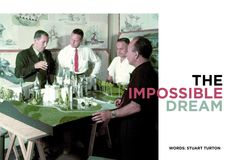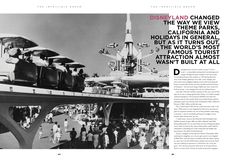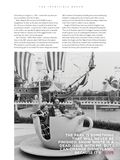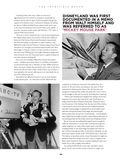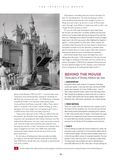Disneyland turns 60 this month, on July 17 to be exact - a remarkable achievement considering most people thought the park wouldn't even last a year. Conventional theme park wisdom in 1955 demanded free entry and multiple gateways, not US$1 cover charges, one entry point and nostalgia-sculpted scenery. But by bucking all known trends, Walt Disney not only transformed the fortunes of Anaheim – the formerly sleepy Californian town where he built his dream – but changed the way we holiday forever.
Let's start with the numbers, because at the very root of this type of success is always good math. Nearly l6.8 million people visited Disneyland in 20l4, around 550,000 more than the previous year. It's the world's third most visited theme park by attendance, part of a division that contributed US$12 billion to Disney's US$6.1 billion profits last year.
This is information Walt Disney could have done with in the early l95Os, when he was shipping the idea of an amusement park to sceptical investors. It's one of the problems with being a visionary – you're constantly pointing to smudges on the horizon that nobody else can see.
"I could never convince the financiers that Disneyland was feasible, because dreams offer too little collateral," said Walt Disney, afterwards. "It's no secret that we were sticking just about every nickel we had on the chance that people would really be interested in something we could create that was totally new and unique in the field of entertainment."
Disney is alleged to have got the idea for Disneyland after watching his daughters on a merry-go-round in Los Angeles' Griffith Park. He'd also been inundated with fan letters asking to come and visit the Walt Disney studios, but he knew there was just nothing of interest to a child there. As it was, the park – first documented and referred to as ‘Mickey Mouse Park' in a memo from Disney to studio production designer, Dick Kelsey, on August 31, 1948 – would then lay dormant due to problems with the funding.
[…]
